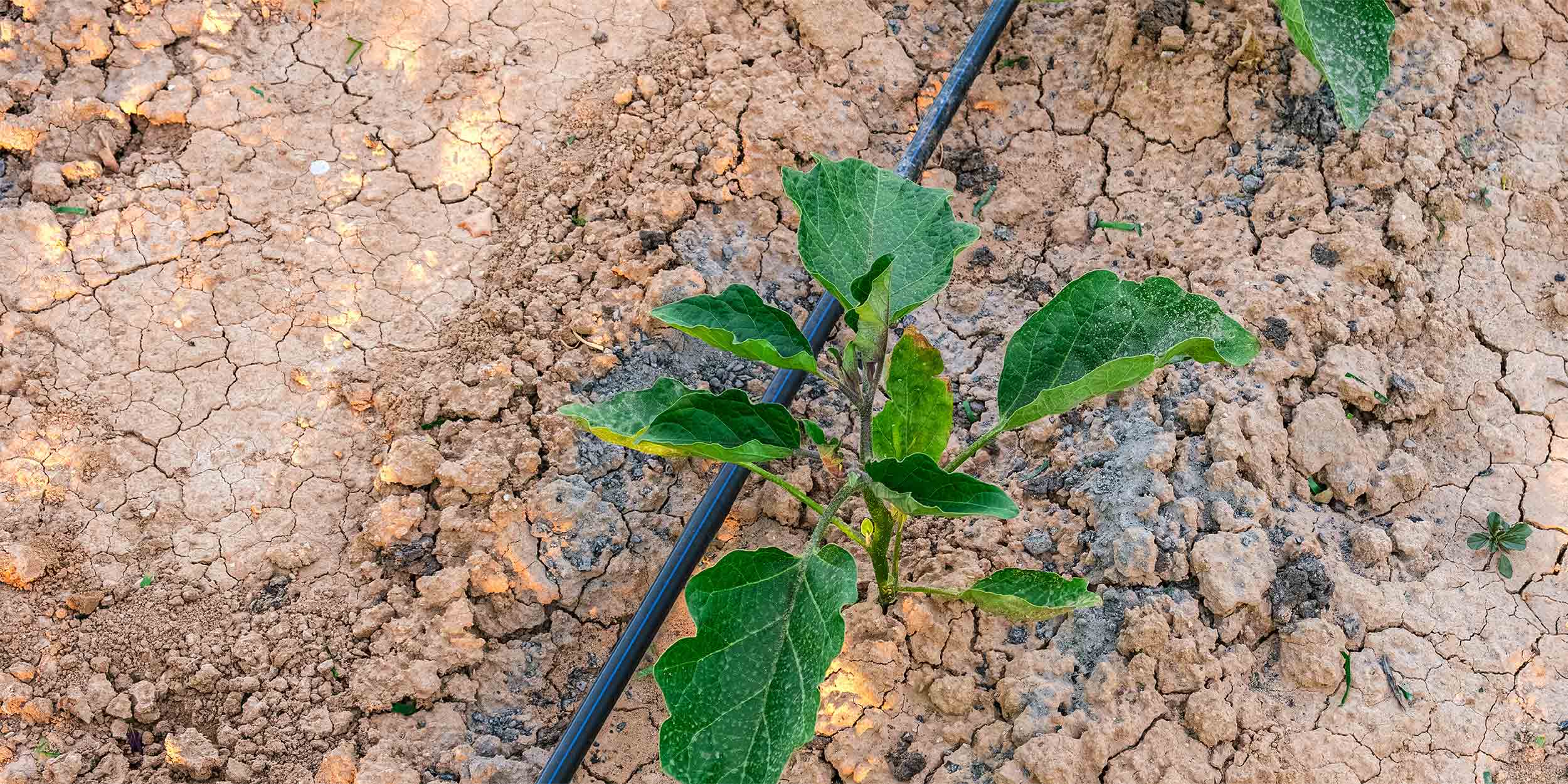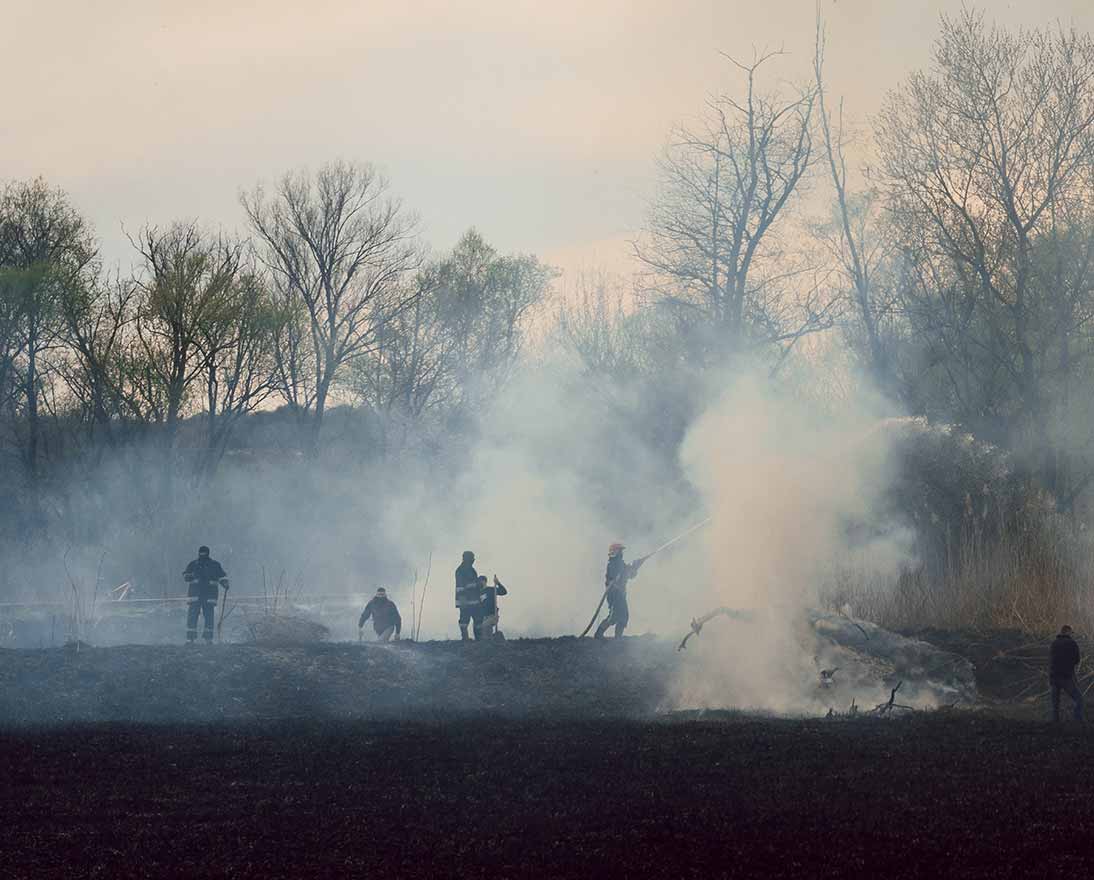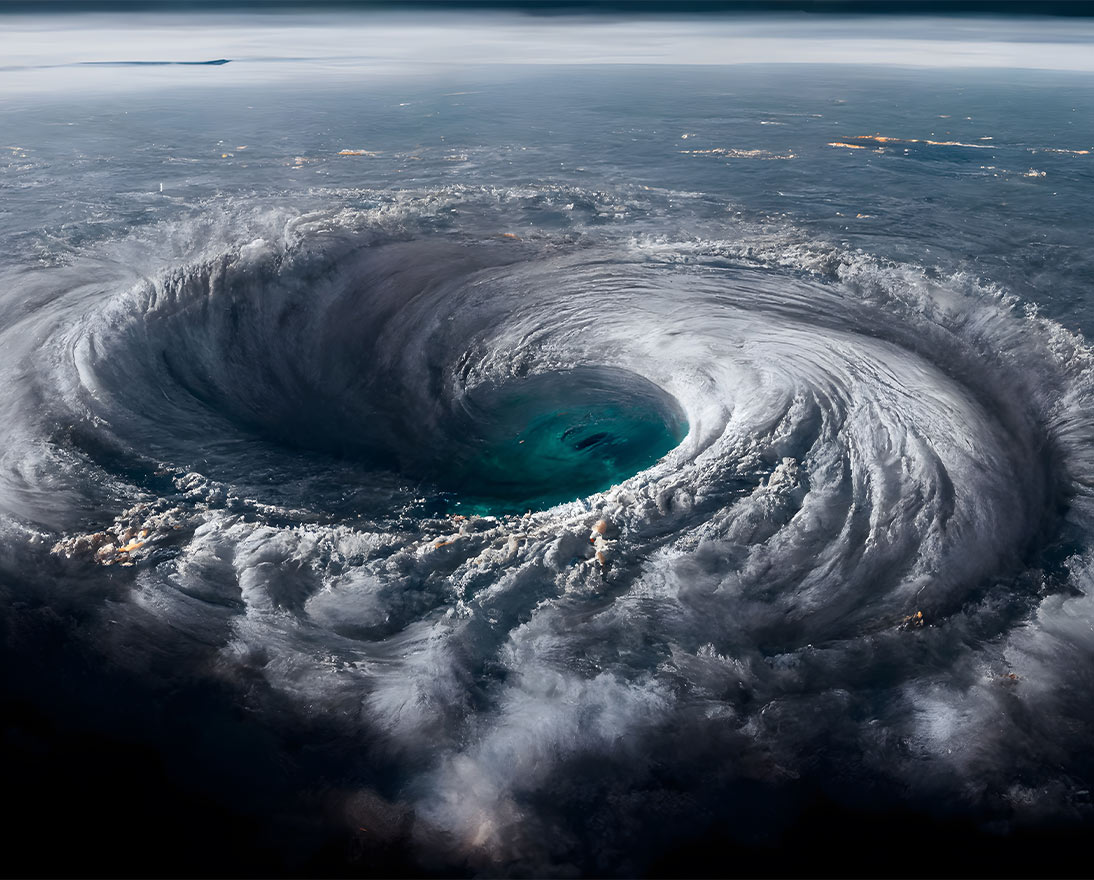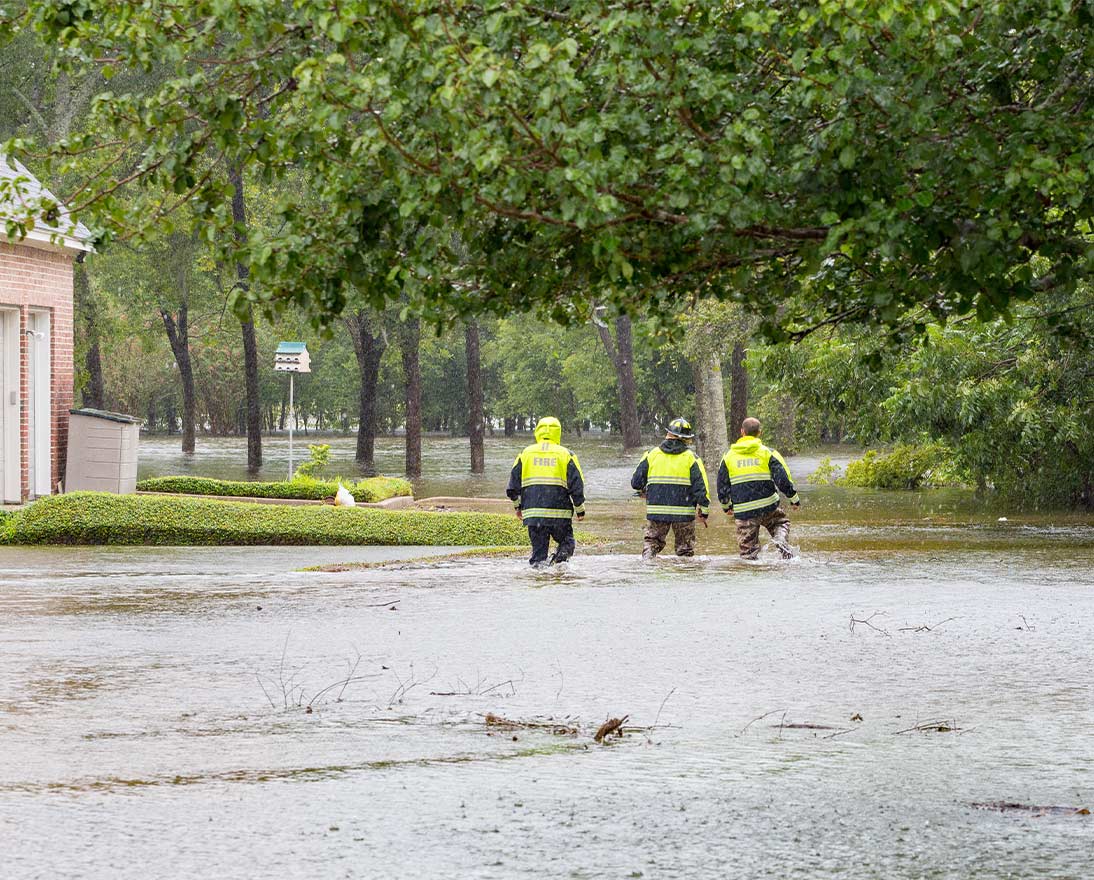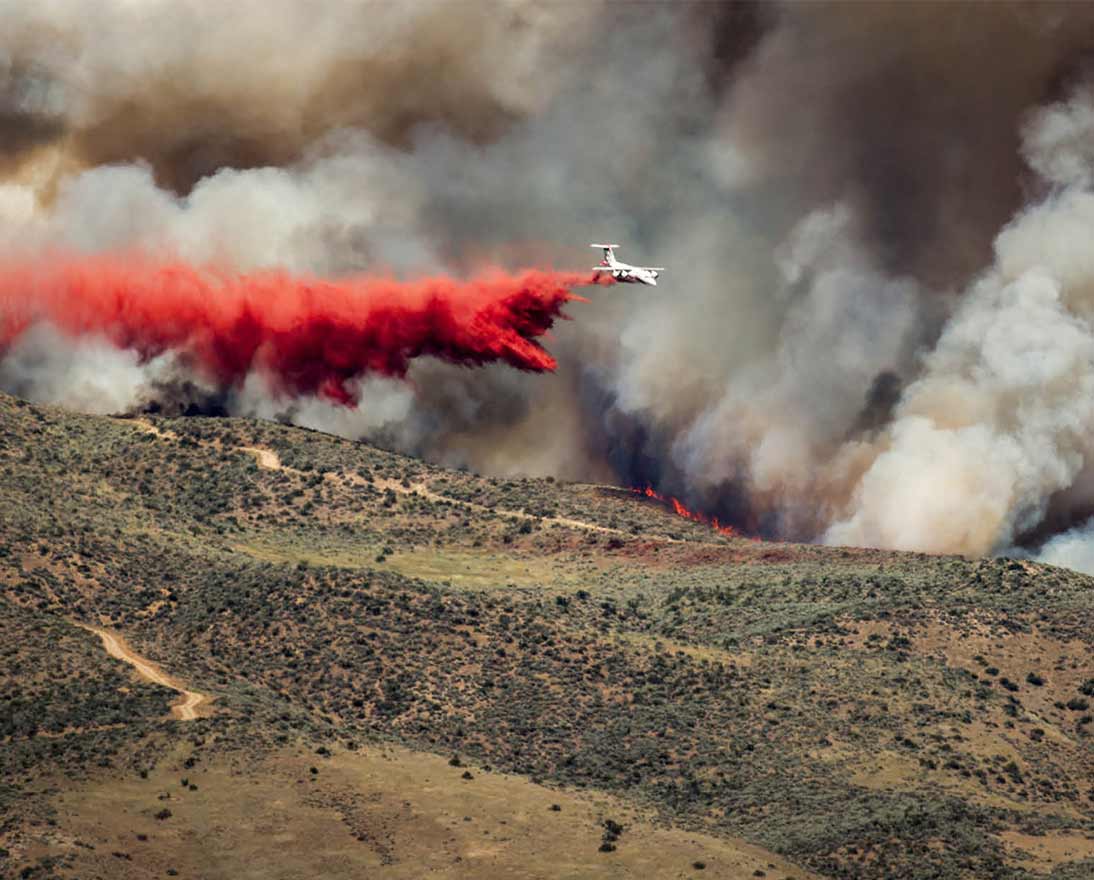Drought will impose growing costs on companies and communities
Global risksArticleJune 5, 2025
Drought is one of the most critical climate risks of our time, but it is often underestimated. Governments and companies need to think critically about planning to manage its impacts.
According to the World Meteorological Organization, the number and duration of droughts increased globally by almost 29 percent since 2000. Looking forward, data from UN World Drought Atlas suggests that by 2030 an estimated 700 million people will be at risk of being displaced by drought, while by 2050 three out of four people across the world will have been affected by drought in some way.
“Drought is easily the most underestimated hazard,” says Tabea Müller, Climate Resilience Lead at Zurich Insurance Group (“Zurich”) BeNeLux. “When you ask people what they think is the most dangerous form of extreme weather, they mention floods far more often than droughts. But droughts impact almost as many people as floods, and they also increase the risk of other natural hazards, such as wildfires.”
For the European Union and the UK, the current economic losses from drought total EUR 9 billion per year. In a scenario of between two and three degrees Celsius of global warming above preindustrial levels – which projections suggest is currently more likely than achieving the Paris Agreement’s goal of limiting temperature increase to 1.5 C – this figure could almost double to EUR 17.3 billion.
The agriculture sector accounts for more than 50 percent of these losses, with the energy sector next most seriously affected. Other impacts include infrastructure subsidence, and disruptions to transport and water supplies. However, the impact on farms is often not visible to the public: “Most people get their food from the supermarket and do not always think about the entire value chain,” Müller adds.
“The slowly evolving nature of drought makes it especially dangerous,” says Balakrishnan Solaraju-Murali, Climate Data Specialist at Zurich. “Unlike rapid-onset events, such as high winds or hailstorms, droughts can develop gradually over months or years. By the time the news media are reporting on droughts, they can already have caused significant damage. Those impacts – from water shortages and crop losses to ecosystem degradation – can persist for years.”
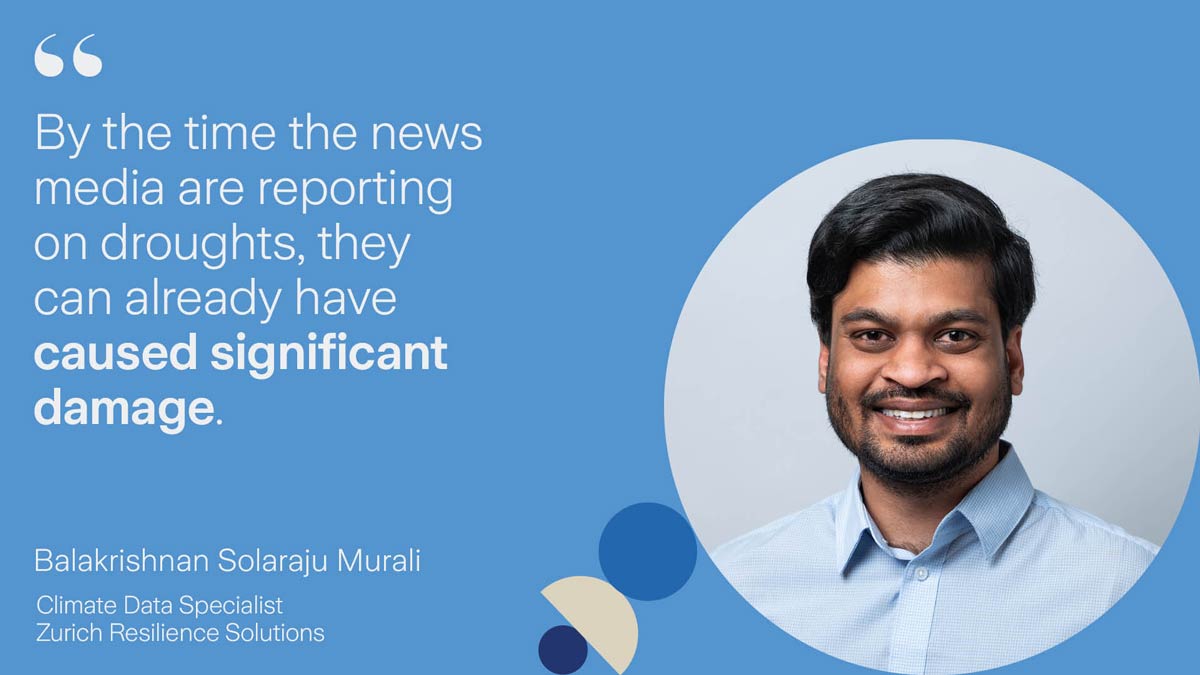
Impacts on communities will increase
At the time of writing this article, in May 2025, much of Europe had experienced a prolonged period of low rainfall even before the start of summer. Müller recalls the northern- and central-European drought of 2022, when “you could see towards the end of summer how everything was turning brown and the leaves were falling off the trees way ahead of autumn. It was even possible to see the impacts of the drought from space.”
For communities, the impacts of drought can be wide-ranging. “Catalonia experienced a three-year drought starting in 2021,” recalls Barcelona-based Solaraju-Murali. “Everything in the city looked dry and brown. The famous water fountains stopped working. The city’s main reservoir dropped below 16 percent of capacity, triggering the government’s drought emergency protocol. However, it is a real challenge to limit water consumption in Barcelona during summer, given the influx of tourists.”
More cities in the future could find themselves in a similar trajectory to Cape Town in 2018, which came close to the so-called “Day Zero” scenario of the taps running dry. Regions at risk of severe drought in the future include parts of Africa, Australia, southern Europe, southern and central states of the U.S., Central America and northwestern China, Müller notes.
In the Netherlands, Müller points to recent projections that changes in the climate will make the country both drier and wetter – which sounds contradictory at first, but reflects the reality that spells of both dry and wet weather will become more extreme. This is partly due to changes in the jet stream, which means weather of all kinds tends to linger for longer and become more extreme.
A challenge for insurers
Insurance can play a role in managing the risk of drought. However, rapidly changing rainfall patterns pose a particular challenge for the sector.
“Traditionally, insurance prices have relied on actuarial models that assess future risks using historical data,” explains Solaraju-Murali. “This is less relevant in a world where current trends could see drought events that previously occurred once in a hundred years now happening every two to five years in hotspot regions. Insurers are now moving to more sophisticated models that simulate future drought conditions and associated losses.”
An alternative approach to safeguarding against drought is provided by parametric insurance. This type of cover makes payouts based on publicly available drought indicators reaching a predetermined level. Zurich participates in the parametric insurance initiative Blue Marble and is seeing an increasing number of enquiries from clients about how it might form part of their risk management approach.
Zurich works with clients, including municipalities and businesses, to advise on how to approach a range of interlinked climate threats – not only through insurance products, but with proactive measures to build resilience. For example, one automotive industry client based in a drought-prone region has installed water storage tanks to collect rainwater after Zurich’s analysis revealed the level of drought at which they would no longer be able to sustain production.
Cross-sector collaboration is needed
Many cities and countries are waking up to the threat of drought and the need to conserve water. The Netherlands Ministry of Infrastructure and Water Management, for example, has set out a National Drinking Water Conservation Plan that incentivizes households to reduce their water usage and offers direct support to businesses that use significant amounts of water.
The plan targets a reduction of average water use to 100 liters per person per day by 2035, down from the current level of around 130 liters. Even if this target is reached, however, the country will still be using more water than Belgium, which has already reduced tap water usage to just above 80 liters per person per day. This is thanks in part to regulations that mandate new housing developments to put in place infrastructure for recycling grey water and capturing rainwater.
“The difference in water consumption between the Netherlands and Belgium, two very similar countries, shows the potential for many regions to make more progress in mitigating the threat of drought,” says Tabea Müller.
Collaboration between households, corporations and different levels of government – from municipality to national – is critical to encourage measures such as recycling grey water and installing water-saving taps, showers, or toilets. While these investments can pay off by reducing water usage, uptake among private households remains low because they do not pay for themselves anywhere near as quickly as other investments in green technology, such as solar panels.
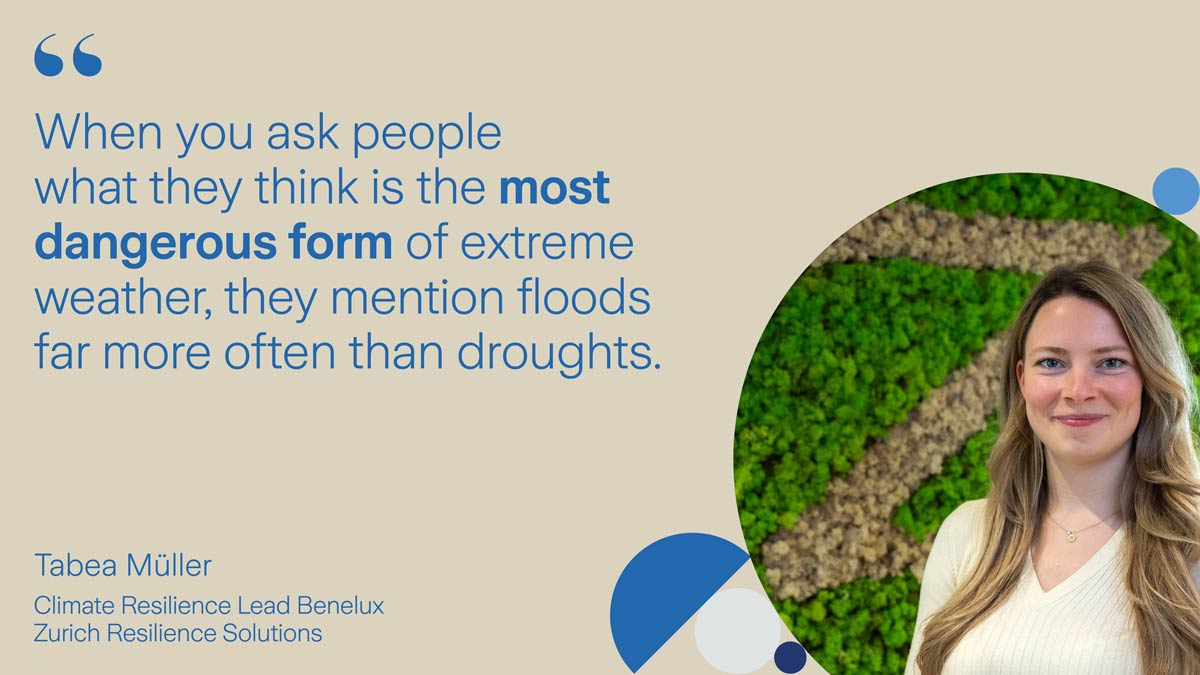
Lessons to be learned
Fortunately, there is significant scope for governments to learn lessons from each other. In Cape Town, for example, a messaging campaign on TV, radio and posters successfully persuaded people to reduce their water consumption. In doing so, it pushed back the threat of Day Zero until the rains eventually came.
The Cape Town experience shows the value of adopting an adaptation strategy based on three pillars, says Müller: "The first step is monitoring how much water is available, how much is being used, and in which sectors. The next step is using that data to analyze and understand the current situation. Finally, comes taking action to mitigate the threat.”

Zurich Resilience Solutions
Managing risk. Unlocking opportunity.
Our Climate Resilience experts help you identify and manage climate risks, and prepare you for climate reporting.
